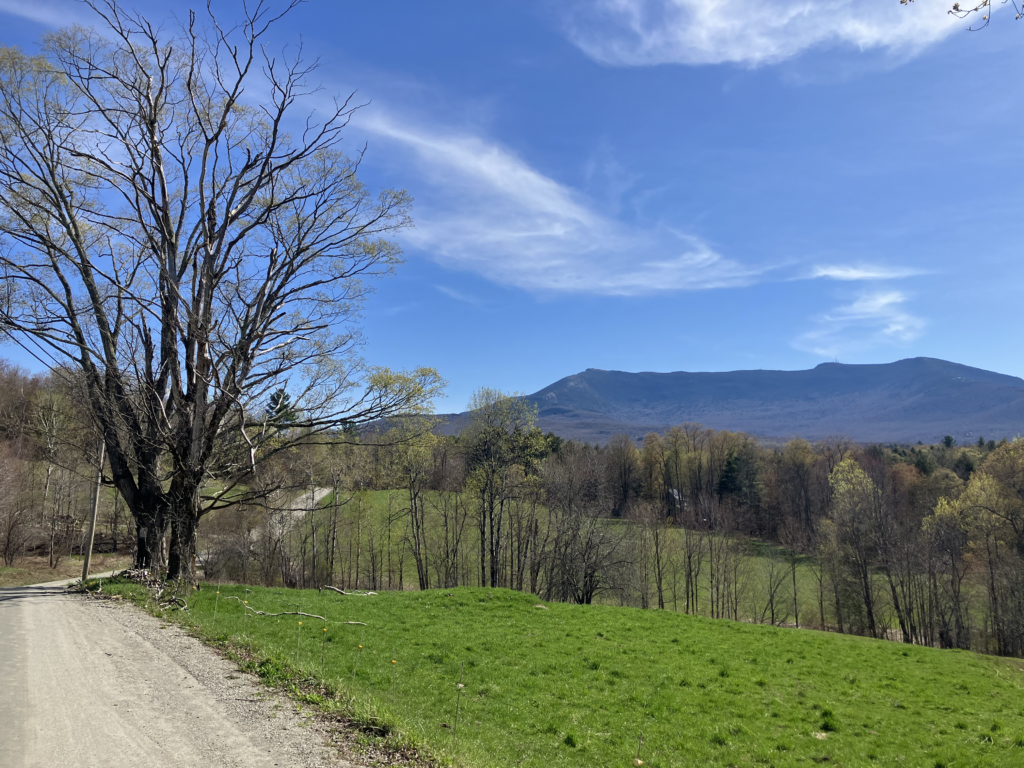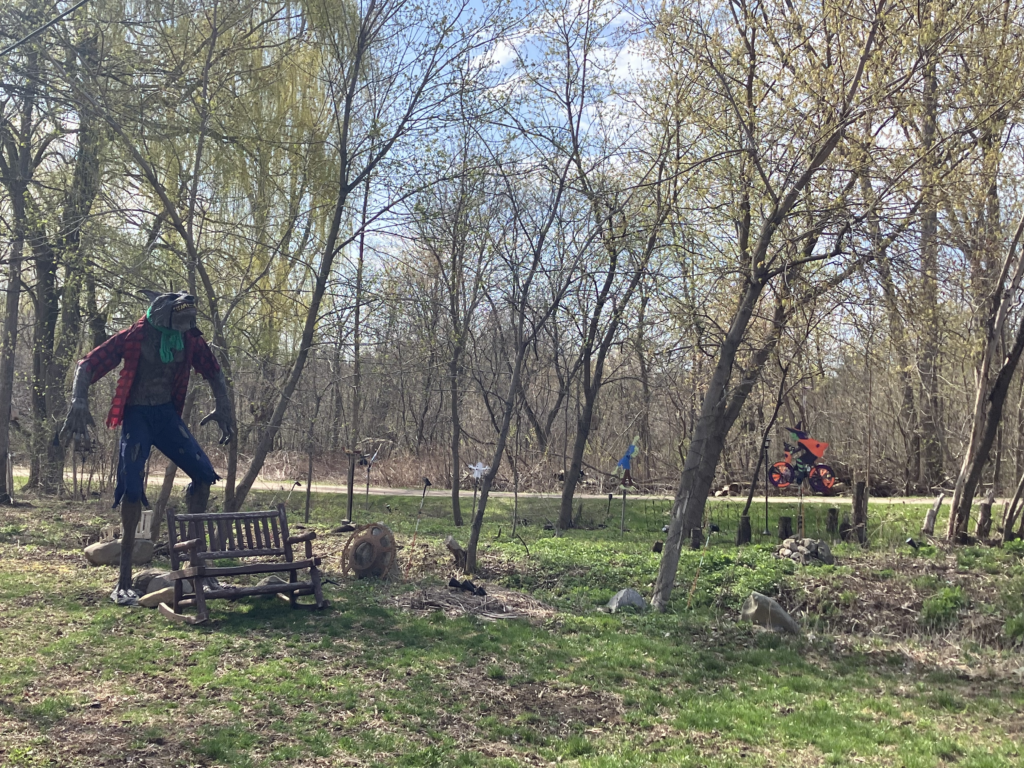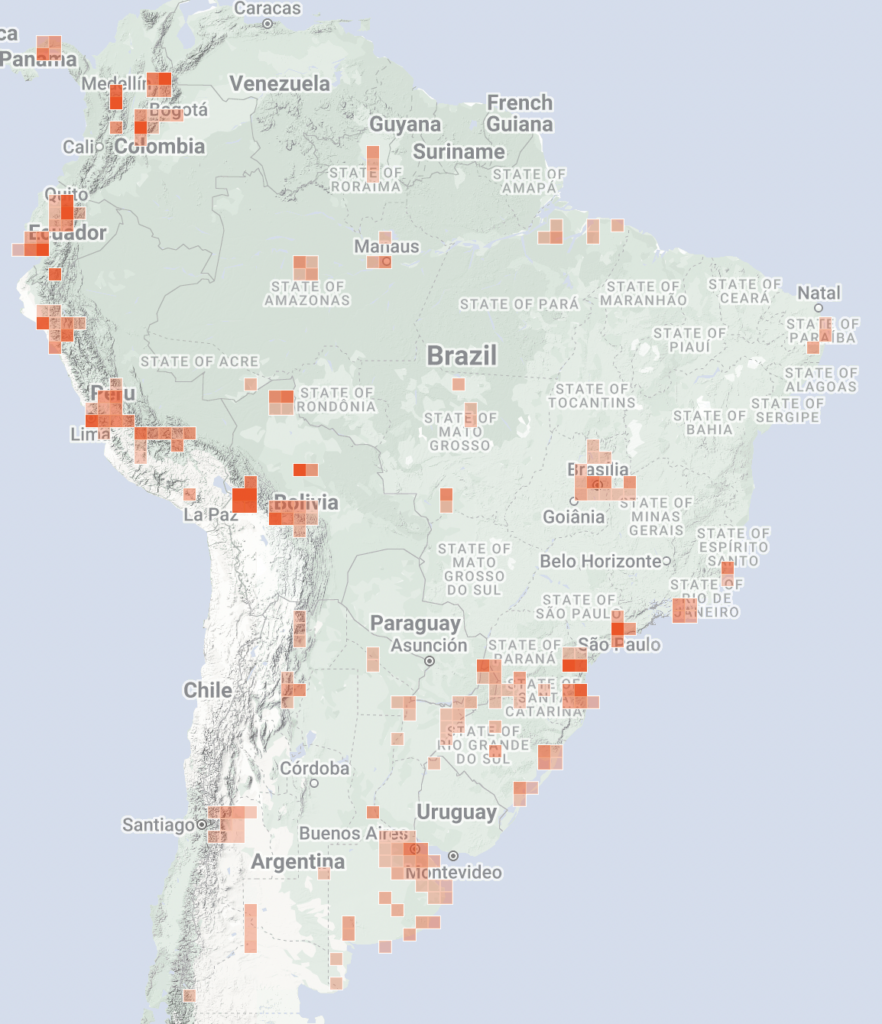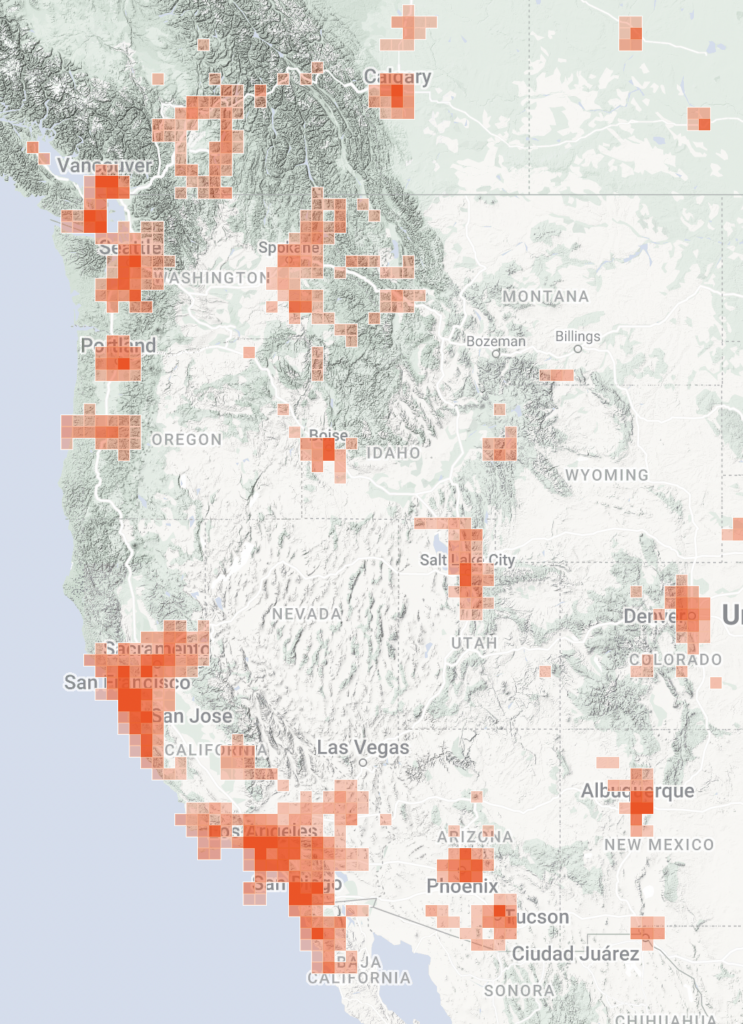I explored towns a little farther on the eastern part of Burlington, mainly Williston and Essex. I was planning on a bike ride that went through that area and wanted to see if the vegetation and ecological features in suburbs contrasted qualities within Burlington itself. I saw that the areas east of Burlington actually consist of very manicured suburbs for a while but quickly change to farmland. Regardless, the vegetation in the heavily developed suburbs is very non-diverse and areas where vegetation is allowed to grow unobstructed by humans were few and far between. Many precisely planted Norway Spruce and Eastern White Pines were planted along the roads of these suburbs, and provided an interesting contrast to areas within Burlington such as centennial woods. I still documented as many different species as I could and noticed around eight different trees in the areas I visited. I’m sure there were more species I didn’t observe but I believe I made a note of the most common trees in the areas I visited. It’s also worth noting that the transition from suburbs to farmland is very abrupt and I was eventually able to reach quieter areas with ease and once I got to quieter areas species diversity quickly increased.


The most interesting trend I saw in terms of global data is that observations are very coastal-heavy. Species observations tend to drop off significantly just slightly inland and become incredibly rare in deeply inland areas. Citizen science is a good but still imperfect way to research species diversity on a large scale, and I’m curious if differences in species diversity are truly as significant as the iNaturalist map portrays it to be or if there are external variables that result in less observations inland. Noticing trends within individual countries can be tough but iNaturalist provides cumulative statistics from global reports that provide interesting insights regarding citizen science and how it can be used to identify big-picture trends in global diversity. Lastly, it’s clear that the United States was the largest contributor to the City Nature Challenge, and I wonder how awareness for events like this can be spread globally to encourage more citizen participation and allow for more intensive research and more reputable data.


